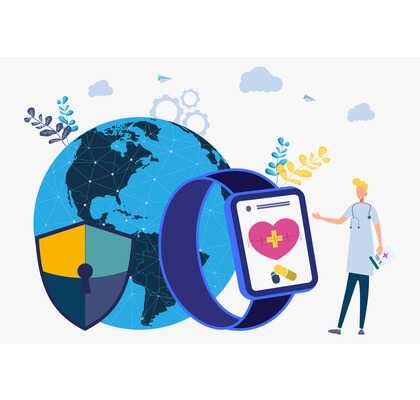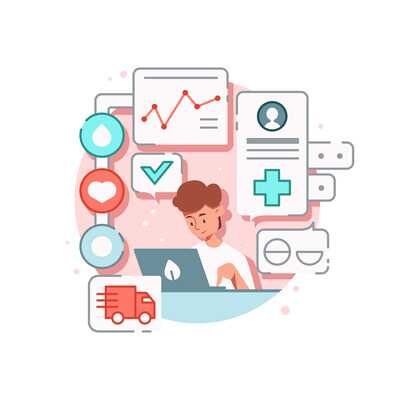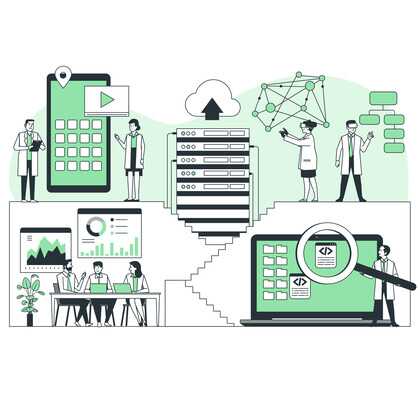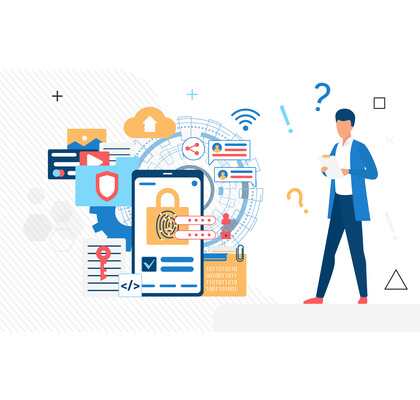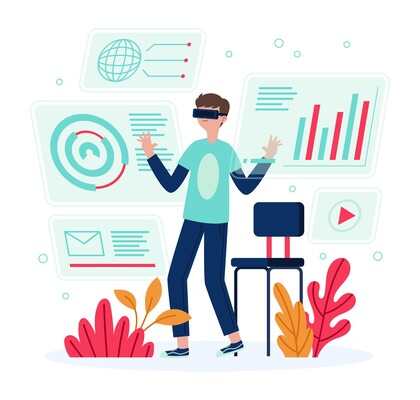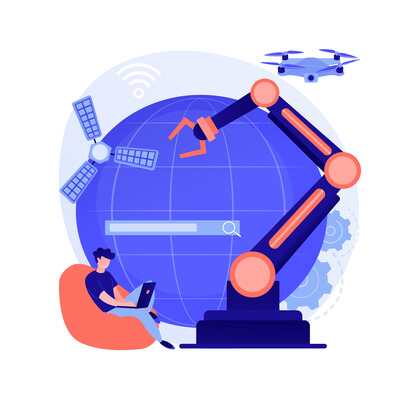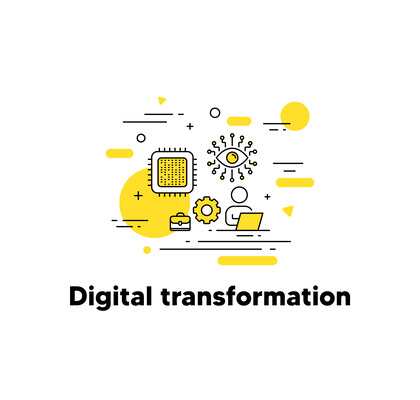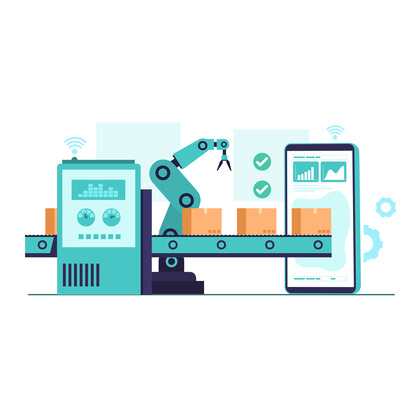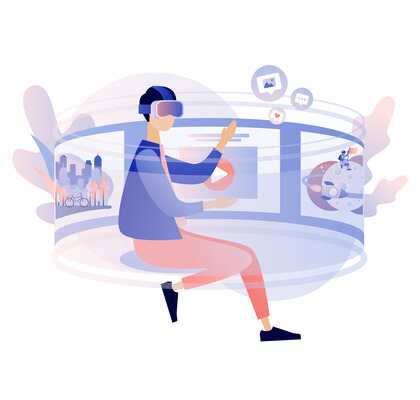Social media has become an integral part of our daily lives, transforming the way we connect, share information, and consume content. The social media landscape is constantly evolving, with new platforms emerging and current trends shaping the way we interact online. In this article, we will explore the shifting paradigm of social media, focusing on emerging platforms and current trends that are revolutionizing the digital space.
Introduction
In today’s digital landscape, social media plays a pivotal role in our personal and professional lives. From connecting with friends and family to promoting businesses and engaging with brands, social media has become an essential communication tool. As the social media ecosystem continues to evolve, it is crucial to stay informed about the latest trends and emerging platforms that are redefining the way we engage online.
The Rise of Emerging Social Media Platforms
Emerging social media platforms are those that have recently gained popularity and are challenging the dominance of established giants like Facebook and Twitter. These platforms offer unique features and experiences that appeal to a wide range of users. Examples of emerging platforms include TikTok, Clubhouse, and Instagram Reels.
The popularity of emerging platforms can be attributed to several factors. First and foremost, these platforms often offer a fresh and novel experience, capturing the attention of users who are looking for something different from the mainstream social media channels. Additionally, emerging platforms tend to be more focused on specific types of content, allowing users to explore their interests and passions in a more targeted manner.
TikTok: Redefining Short-Form Video Content
One of the most prominent emerging platforms is TikTok, a short-form video app that has taken the world by storm. TikTok allows users to create and share 15 to 60-second videos, often featuring creative editing, music, and visual effects. The platform’s algorithmic feed and personalized recommendations have contributed to its rapid growth and immense popularity, particularly among younger audiences.
The unique features of TikTok, such as duets, challenges, and viral trends, have created a vibrant and engaging community. Brands and influencers have also recognized the marketing potential of TikTok, leveraging its massive user base and creative opportunities to reach new audiences. From product showcases to behind-the-scenes glimpses, TikTok offers various avenues for brands to connect with their target market.
Clubhouse: The Power of Audio-Only Conversations
Another emerging platform that has gained significant attention is Clubhouse. Unlike traditional social media platforms that focus on visual content, Clubhouse is an audio-only social networking app. It allows users to join virtual rooms where they can participate in live discussions, panels, and presentations. The exclusivity of Clubhouse, initially available only to invitees, has added to its allure and fostered a sense of community among its users.
The audio-only format of Clubhouse has several benefits. It allows for a more intimate and focused conversation, removing distractions and fostering deeper engagement. Users can listen to industry experts, thought leaders, and influencers in real-time, providing unique learning and networking opportunities. Clubhouse also enables individuals to host their own rooms, facilitating collaboration and knowledge sharing within specific communities.
Instagram Reels: Competing with TikTok’s Dominance
In response to TikTok’s success, Instagram launched a feature called Reels, aiming to tap into the short-form video trend. Reels allows users to create and share 15 to 30-second videos, similar to TikTok. By incorporating Reels into the existing Instagram ecosystem, the platform provides users with a seamless and familiar experience, leveraging its vast user base.
While TikTok remains the dominant player in the short-form video space, Instagram Reels has gained traction among users who are already active on the platform. For brands and content creators, Reels offers an opportunity to reach a broader audience and engage with their existing Instagram followers. By utilizing creative editing tools, effects, and popular audio tracks, Reels can be an effective tool for content marketing and brand promotion.
Unleash the potential of social media’s shifting paradigm, where emerging platforms and current trends amplify our voices and redefine online experiences.
– Mark Wilson
LinkedIn: Transitioning from Professional Networking to Content Creation
LinkedIn, traditionally known as a professional networking platform, has undergone a significant transformation in recent years. It has evolved into a content platform, enabling users to create and share articles, videos, and other forms of content. This shift has opened new avenues for professionals and businesses to showcase their expertise and build their personal brands.
Creating engaging content on LinkedIn has become essential for professionals who want to establish thought leadership, expand their network, and attract potential career opportunities. By sharing industry insights, providing valuable advice, and participating in relevant conversations, individuals can position themselves as experts in their respective fields. LinkedIn also offers targeted advertising options, allowing brands to reach their desired audience with precision.
Snapchat: Innovating with Augmented Reality and Ephemeral Content
Snapchat, known for its disappearing photos and videos, has continued to innovate and adapt to the changing social media landscape. The platform has introduced augmented reality (AR) features that allow users to overlay digital elements onto their real-world surroundings. AR lenses, filters, and stickers have transformed the way users interact with the app and create engaging content.
The ephemeral nature of Snapchat’s content, where posts disappear after a short period, has created a sense of urgency and exclusivity. This unique aspect has attracted a dedicated user base, particularly among younger demographics. Brands can leverage Snapchat’s advertising options, such as sponsored lenses and geofilters, to reach these highly engaged users and drive brand awareness.
Twitter Spaces: Expanding Conversations with Audio Rooms
Twitter, a platform primarily known for its 280-character tweets, has joined the audio revolution with its feature called Twitter Spaces. Spaces allows users to host and join live audio conversations, creating virtual rooms where people can discuss various topics. Similar to Clubhouse, Twitter Spaces offers real-time engagement and fosters meaningful conversations.
By participating in Twitter Spaces, individuals can connect with like-minded individuals, exchange ideas, and gain insights from industry experts. Thought leaders and brands can utilize Twitter Spaces to showcase their expertise, engage with their followers, and cultivate a loyal community. As Twitter continues to refine and expand its audio features, the platform presents exciting opportunities for networking and thought leadership.
Emerging Trends in Social Media
In addition to the emergence of new platforms, several trends are shaping the social media landscape. These trends reflect the evolving needs and preferences of users and present opportunities for businesses and content creators to stay relevant and engage their target audience.
One emerging trend is the integration of Non-Fungible Tokens (NFTs) into social media platforms. NFTs, which are unique digital assets verified using blockchain technology, have gained traction in the art and collectibles market. Social media platforms are exploring ways to incorporate NFTs, allowing creators to monetize their content and providing users with unique digital experiences.
Another trend is social commerce, where users can shop directly within social media apps. Platforms like Instagram, Facebook, and Pinterest have integrated shopping features, enabling businesses to showcase their products and services and provide a seamless purchasing experience. Social commerce not only enhances convenience for users but also opens up new revenue streams for brands.
Furthermore, mental health and well-being initiatives have gained prominence on social media platforms. Recognizing the impact of social media on mental health, platforms are implementing features to combat cyberbullying, promote positive interactions, and provide resources for mental well-being. These initiatives aim to create a safer and more supportive online environment for users.
The Impact of Social Media’s Paradigm Shift
The shifting paradigm of social media has profound implications for users, marketers, and brands. The changing dynamics of user engagement and content creation present both opportunities and challenges in the evolving landscape.
Users now have a wider array of platforms to choose from, catering to their specific preferences and interests. They can curate their social media experience by selecting the platforms that align with their content consumption habits and desired level of engagement. However, the fragmentation of social media also means that users need to navigate multiple platforms to stay connected with different communities and content creators.
For marketers and brands, the shifting paradigm requires adaptability and a nuanced approach to social media strategies. While established platforms like Facebook and Instagram still hold significant sway, emerging platforms present opportunities to reach untapped audiences and experiment with new content formats. Marketers need to stay informed about the latest trends, understand their target audience’s platform preferences, and create engaging and authentic content that resonates with users.
As social media continues to evolve, it is crucial for individuals and businesses to stay agile, keep abreast of emerging platforms and trends, and adapt their strategies accordingly. By embracing the changing paradigm and harnessing the power of social media, users and brands can leverage these platforms to connect, engage, and thrive in the digital age.
Conclusion
The shifting paradigm of social media is revolutionizing the way we connect, consume content, and engage online. Emerging platforms like TikTok, Clubhouse, Instagram Reels, LinkedIn, Snapchat, and Twitter Spaces are redefining the social media landscape, offering unique experiences and opportunities for users and brands alike.
From short-form videos to audio-only conversations, these platforms cater to diverse preferences and provide avenues for creative expression, networking, and brand promotion. Additionally, emerging trends such as NFT integration, social commerce, and mental health initiatives shape the future of social media, reflecting user needs and preferences.






